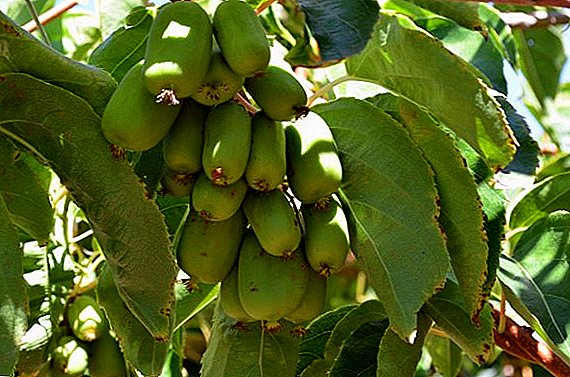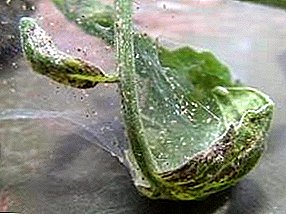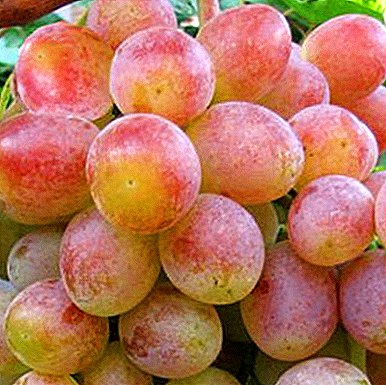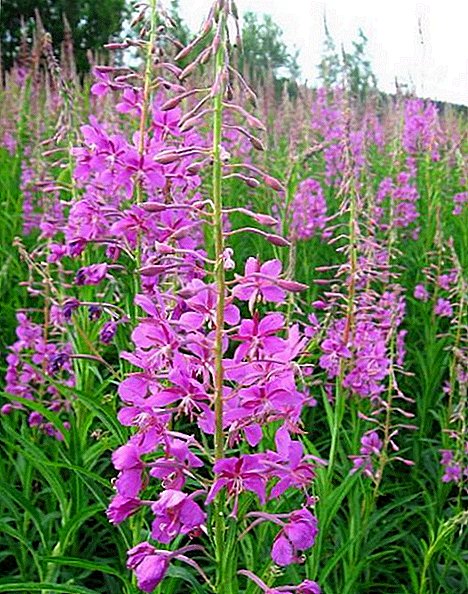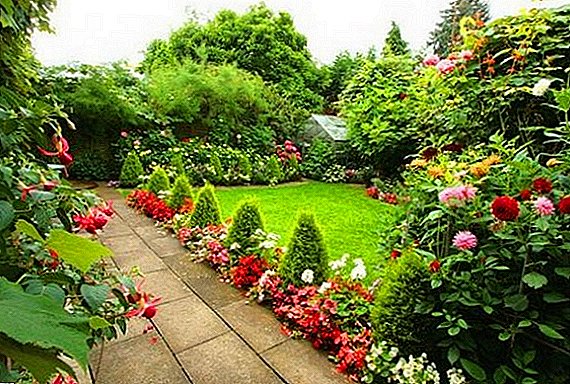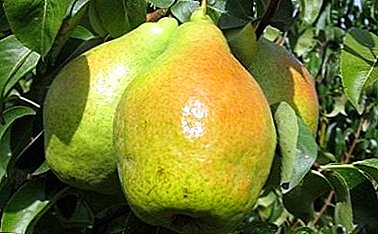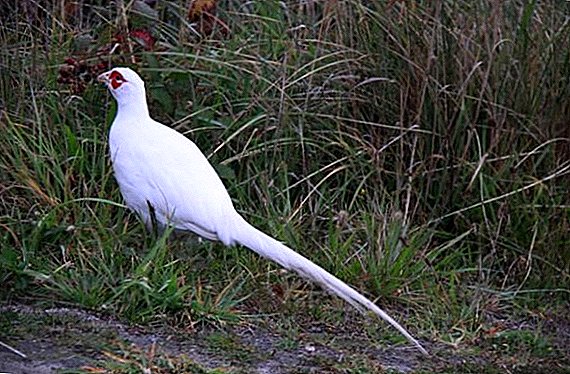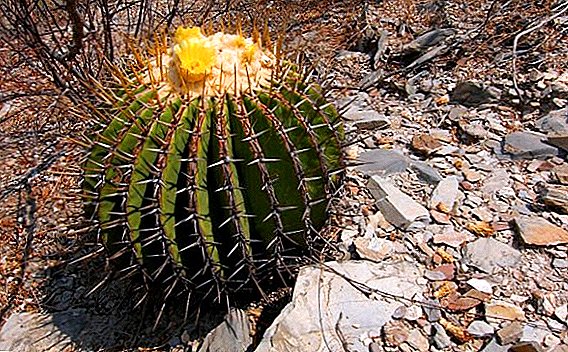 Echinocactus is a perennial plant with a spherical stem, which is easily grown by housewives due to its unpretentiousness to the surrounding conditions. Cactus can be purchased either as seeds or as a young plant. Under natural conditions, the cactus reaches a huge size, in a pot usually has a compact appearance. With proper care, please with unusual colors, however, they will have to wait at least 20 years.
Echinocactus is a perennial plant with a spherical stem, which is easily grown by housewives due to its unpretentiousness to the surrounding conditions. Cactus can be purchased either as seeds or as a young plant. Under natural conditions, the cactus reaches a huge size, in a pot usually has a compact appearance. With proper care, please with unusual colors, however, they will have to wait at least 20 years.
general description
Echinocactus - The common name of some species of the cacti family, of which Mexico is the birthplace. For an unusual appearance called urchin cacti, are rare plants. A special feature is the dense cover of spines, which protects from the scorching sun.
Adults, unlike other varieties of cacti, differ significantly from plants up to 3-4 years old. The first ones have sharp edges and dense cover of spines, while the second ones do not differ in sharp forms of the ribs, but they have specific hillocks over the entire surface. 
Did you know? In nature, the age of echinocactus can reach 500 years.
Kinds
Not long ago, at home, housewives could grow only one kind of a plant - Gruzoni echinocactus, now it is easy to find seeds and other members of the genus (there are six species in total).
Gruzoni
The most common cactus, seeds are easy to find on sale. With proper care, the diameter of the stem of a plant reaches 40 cm. The radial spines reach a length of 3 cm, the spikes in the central part of the plant 5 cm, have either a straight or curved appearance.
After 3-4 years, the edges of the cactus begin to stand out clearly, in an adult plant there are between 35 and 45 pieces.
Almost all succulents attract with their unpretentiousness and exotic beauty - stapelia, mammillaria, echeveria, Lithops, hatiora, havortia, airhrizon, agave, adenium.The people received the name "Golden Barrel", it is connected with the fact that 13-15 years after planting the plant, which at a young age has a spherical stem, is strongly drawn out, and the tip becomes flattened. As for flowering, home Echinocactus rarely pleases the hosts with flowers.

Did you know? Gruzoni Cactus got its name in honor of the German inventor Hermann Gruzoni, who in addition to his main activity was keen on breeding rare cacti.
Horizontal
An adult individual is 23 cm in diameter. The features of this echinocactus include 10–13 ribs twisted in a spiral, and a small number of thorns (about 5–6), which are almost flat and slightly curved.
Up to 3-4 years, the color of the thorns in plants is red; as they grow older, the color gradually changes to rich amber. Due to this feature, the variety received the name "Echinocactus red" in the people. With the right care pleases purple-red flowers.
Parry
Initially, it has a spherical appearance, but as it grows it is drawn out and reaches a height of 30 cm with 13-15 ribs. It is distinguished by large needles, reaching a length of up to 10 cm. A special feature of needles is the fact that at a young age they have a pinkish-brown color, which eventually changes to completely white.
Important! The plant is prone to decay of the roots, so you should not water it too often.It blooms with golden corollas.

Wide needle
Unlike other varieties, growing at home a wide-spread cactus is problematic due to its size - from 1.5 to 2 m in length and up to 1.5 m in width. It has wide needles of a flattened appearance, which are painted in gray. With proper care, echinocactus blooms with bright yellow corollas.
Fans of arranging a "first-aid kit" on the windowsill will be useful knowledge about the healing properties of succulent plants - aloe, kalanchoe, sweeties, yucca, stonecrop, rhodiola rosea, cacti.

Multihead
Cactus with colored needles (color yellow, brown-red or pink). At home it grows up to 70 cm, it has from 15 to 20 ribs and a small number of spines. It blooms rarely, the corollas are yellow.
Texas
It has a flat-spherical appearance, an adult cactus differs in white fluff in the upper part, there are few spines, not more than 6 cm in length. It rarely blossoms at home.
Important! The probability of flowering is greatly reduced if the plant is constantly moved from place to place.

Features of growing and care
In order for echinocactus to delight its appearance for decades, it is necessary to ensure that it is properly cared for.
Proper growth and flowering will ensure compliance with the following nuances:
- Shine. Since Echinocactus is the birthplace of Mexico, famous for its burning sun, it is imperative to ensure the flow of sunlight. It is better to put echinocactus on the south window, and to provide sufficient shading for it during hibernation.
- Humidity. During flowering, it is desirable to prevent contact of the plant with water, in other months it is possible to carry out watering by spraying.
- Temperature. The cactus is adapted for extremely hot weather, at home in the winter months it is worth maintaining the temperature not lower than +8 ° C.
- Watering cactus in the summer, no more than once every two weeks; in the winter and autumn, the time between waterings increases.
 Echinocactus will long please you with its unusual appearance, if you wish, you can even transfer the plant to offspring. It does not require special attention and daily watering and is enjoying the winter in an ordinary city apartment. Do not forget that cacti are useful - they perfectly absorb negative radiation from computer and other equipment.
Echinocactus will long please you with its unusual appearance, if you wish, you can even transfer the plant to offspring. It does not require special attention and daily watering and is enjoying the winter in an ordinary city apartment. Do not forget that cacti are useful - they perfectly absorb negative radiation from computer and other equipment.

